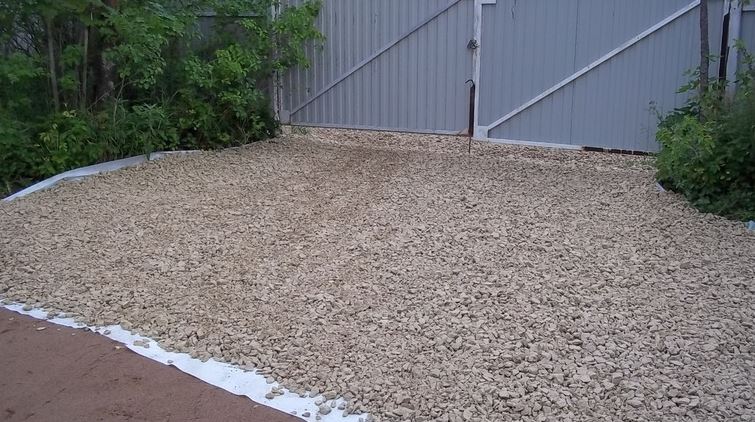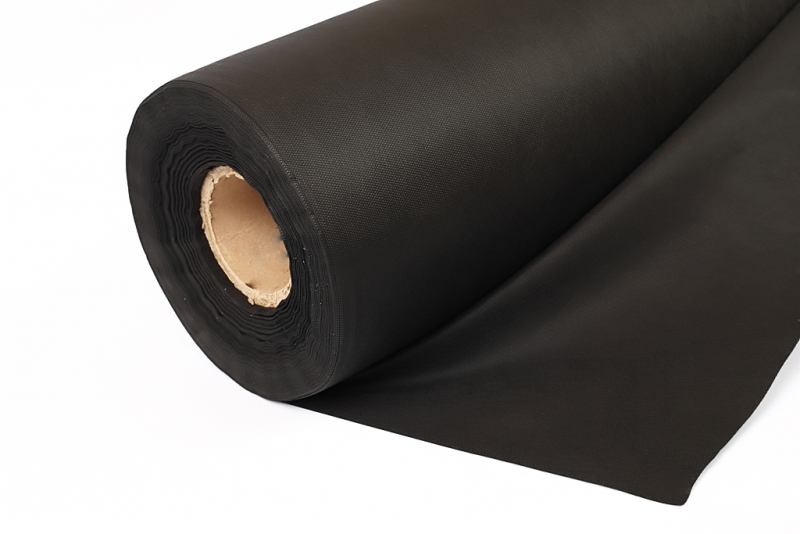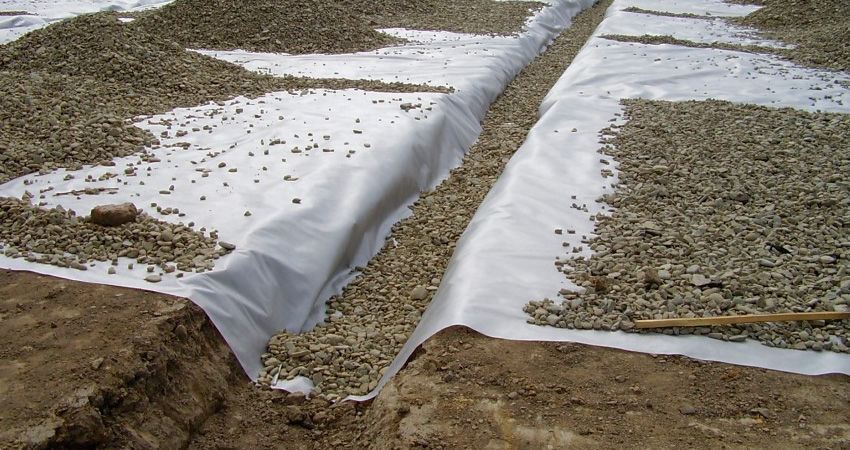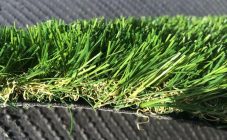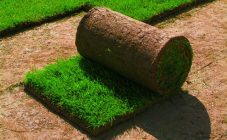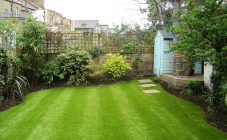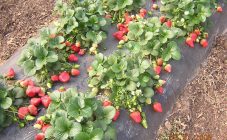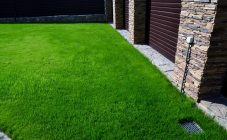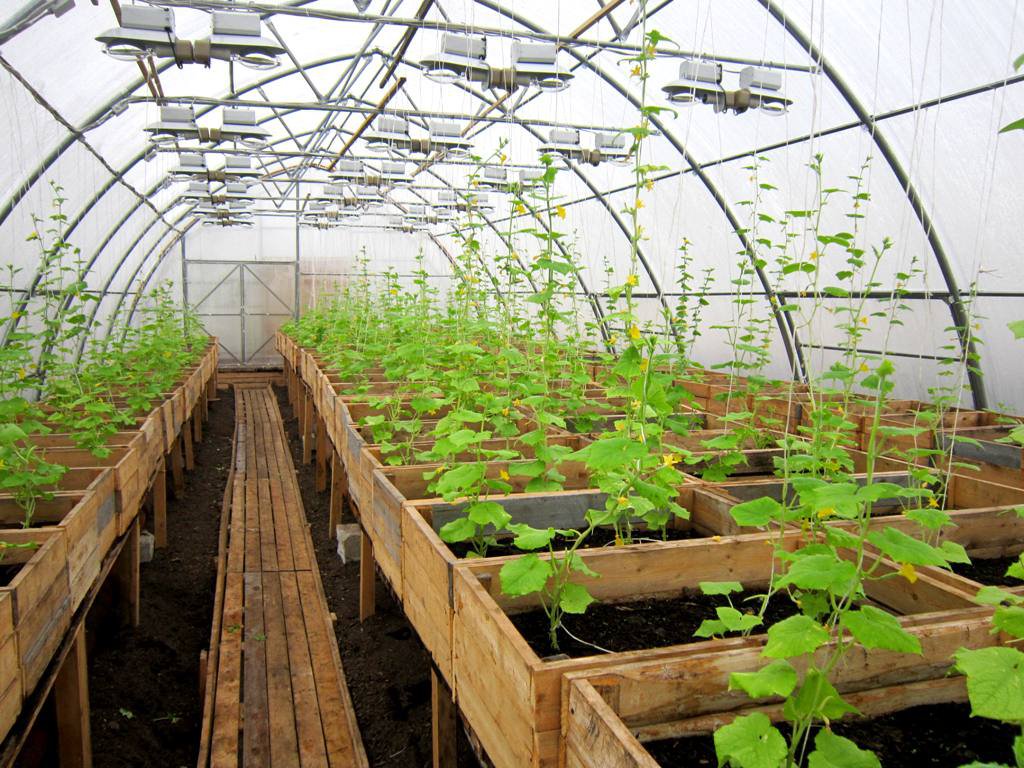Content:
The most time-consuming work on the garden plot is weeding the grass. It is produced more than once a season and takes a considerable amount of time. Using some cultivation techniques, you can keep this work to an absolute minimum.
The solution to the problem of grass growth on crushed stone and gravel paths
Eliminating in practice the growth of weeds in the country or in the garden is an impossible idea. Fallen foliage and soil that has fallen on the paths of gravel and rubble, one way or another, become the basis for the germination of grass. However, proper maintenance will provide a neat appearance to the backyard space. It is enough to clean the foliage in time with a fan rake or a garden vacuum cleaner. And process the sprouting grass, for example, with roundup and tornado agents, without waiting for it to grow.
Material for rubble against grass growth
A garden path made of rubble and gravel may well become a kind of element of garden decor. Observing the technology of laying, you can reduce the germination of weeds and grass on them to a minimum.
Film
Common types of vinyl used in the home are not suitable for laying tracks due to their thinness. For the grass to grow, it needs light. Therefore, it is better to lay a black water-permeable film under the rubble:
- agryl - polypropylene nonwoven fiber, characterized by high light and water permeability;
- lutrasil is a light, elastic synthetic material made of polypropylene threads, connected by a needle-punched method, by chemical reactions and welding, which allows water and moisture to pass through.
When using ordinary thick household film, holes need to be made in it so that the moisture goes into the ground.
Geotextile
Belongs to the class of building materials designed to create layers for various purposes. Divided into:
- woven fabric (geofabric), which is made from glass or polyester fibers;
- nonwoven fabric made from polypropylene and polyester yarns.
Non-woven geotextiles are divided into needle-punched and thermally bonded geotextiles, depending on the method of joining the fibers.
Properties and characteristics:
- elasticity;
- resistance to mechanical stress;
- protects the soil from movement;
- environmentally friendly.
Other materials and fabrics
So that the grass does not grow, you cannot cover the ground with anything. The crushed stone substrate used to create a decorative path or backfill must be moisture and air permeable. Otherwise, water on the surface will stagnate with all the ensuing consequences. Such coverage will be especially unsuitable as an entrance to a house or summer cottage.
How to close the ground to stop the growth of grass
Weeds make it difficult to grow horticultural crops. It is recommended to cover the ground with covering material to grow crops.
Basic ways:
- Apply an opaque material to prevent grass from growing. Suitable for shelter cardboard, black film, roofing felt. You can also put boards, cover with agrofibre, crushed stone.
- Cover with 5-10 cm organic mulch. Mowed greens of plants, sawdust, nut husks, tree bark will perfectly cover the soil and prevent the growth of weed grass.
Folk ways to eradicate grass
Among summer residents and gardeners, improvised means of combating weeds are very popular. For example, boiling water is widely used, burning out by fire with a blowtorch, watering weeds with a solution of water and vodka. To destroy the grass between the paving slabs, spraying with a mixture of vinegar (200 g), salt (20 g) and water (600 g) is used.
Grass tends to grow much faster than cultivated plants. Closed beds will look quite aesthetically pleasing. And the flowerbeds covered with tree bark or walnut husks will add zest to the landscape design of the site. You can cover the ground so that the grass does not grow, you can practically by any means at hand. The main thing is that they do not allow light to pass through, but let the soil breathe and maintain water permeability.
